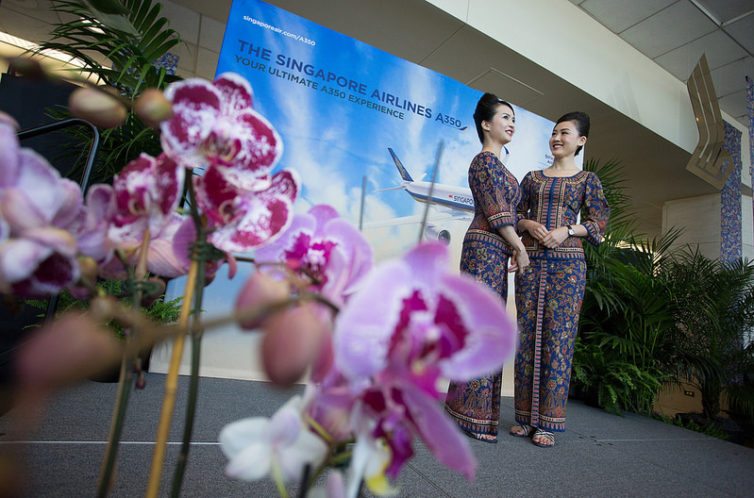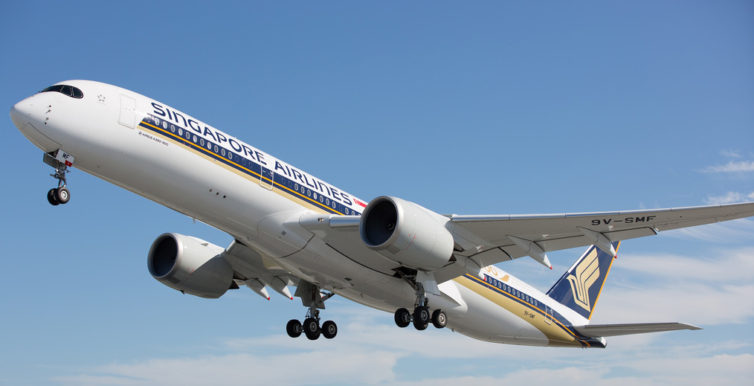
This story was originally written by our good friend Chris Sloan and published on AirwaysMag.com. To help, be sure to read the story below and donate to the cause.
On Tuesday and Friday, because of the generosity of your donations to Operation: Puerto Rico Care-Lift and AirwaysAid 22,000 pounds of supplies were flown into Aguadilla, Puerto Rico (PR). This is the northwest corner of the island that is cut off from San Juan. The airport infrastructure is quite damaged and not open to commercial flights.

However, we were able to work with the miracle-working partners at Spirit Airlines and Lufthansa Technik Puerto Rico who made this special relief flight possible the biggest relief flight into PR’s second largest airport as of Friday. A Lufthansa Cargo MD-11 has since arrived on Saturday with even more aid. Lufthansa Technik is not only instrumental in handling some logistics for us, but amazingly was already operational again undertaking MRO work.
%CODE1%
Flying a fully loaded 228 passenger stretch Airbus A321 is an expensive endeavor under normal conditions and this operation was anything but normal. The logistics and clearances Spirit and Operation Care-Lift faced were daunting. But, Spirit Airlines has shown their true colors with this second relief flight into Aguadilla alone, on top of others into St. Maarten and St. Thomas, USVI.
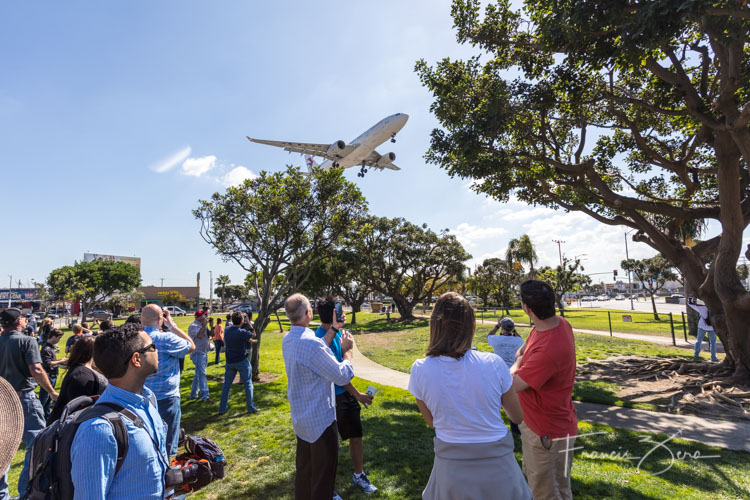
Watching an China Eastern A330 land at #Dorkfest
What is more exciting than watching an airplane land? Watching it with about 100 other AvGeeks, of course! Last Saturday, many of us made our way to our way to the IN-N-OUT next to LAX to enjoy Dorkfest 2017, hosted by the great Brett Snyder (aka Cranky Flier).
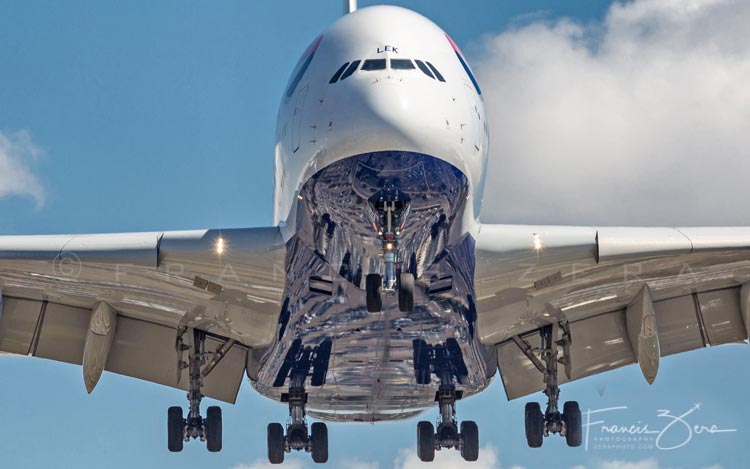
A British Airways A380 coming in for landing
Dorks, geeks, nerds, cool dudes (or dudettes) – whatever. What you call this group does not matter. It is all about coming together to share a passion for aviation! Plus… burgers, fries, and shakes.
Singapore Airlines’ ultra-long-haul route from Newark to Singapore — discontinued a few years ago — was truly a legendary flight. On the wings of an Airbus A340-500, it clocked in just shy of 19 hours westbound, making it the longest regularly scheduled flight in the world. But when fuel prices rose, Singapore Airlines was forced to get rid of the inefficient A340-500s, and the ultra-long routes with them.
Then came a new generation of aircraft that offered enough fuel efficiency to make lengthy routes more profitable. Singapore Airlines’ Star Alliance partner United got the jump on launching a direct flight between the U.S. and Singapore, flying a Boeing 787-9 from San Francisco. Singapore Airlines (SQ) struck back with an Airbus A350-900 on the same route a few months later, but it wasn’t done there. SQ has its sights set on the return of the ultra-long-haul direct flights to Newark and Los Angeles. And very soon, it will have just the plane to do it: the Airbus A350-900ULR (for “ultra long range”).
Read on for more on what this very special aircraft means for Singapore Airlines, and what it could mean for you.
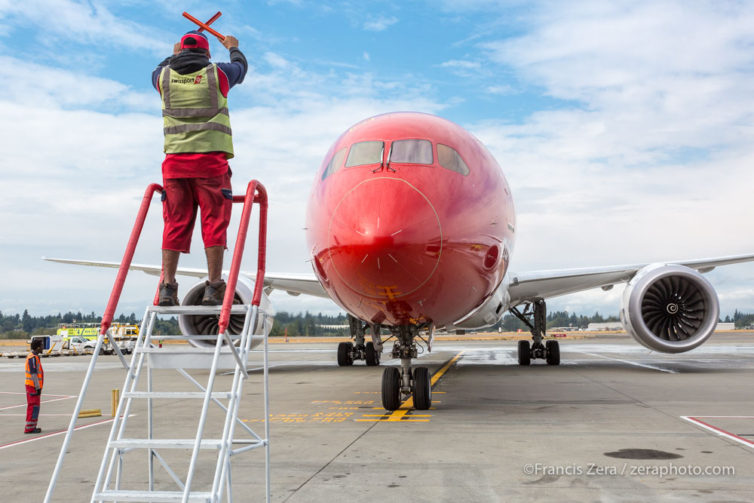
Norwegian’s inaugural flight to Seattle from London Gatwick, a Boeing 789, rolls up to the parking stand
It was a homecoming of sorts (at least for the Everett, Wash.-built 787-9) as Norwegian kicked off new 4x-weekly service from Gatwick to Seattle on Sunday, Sept. 17.
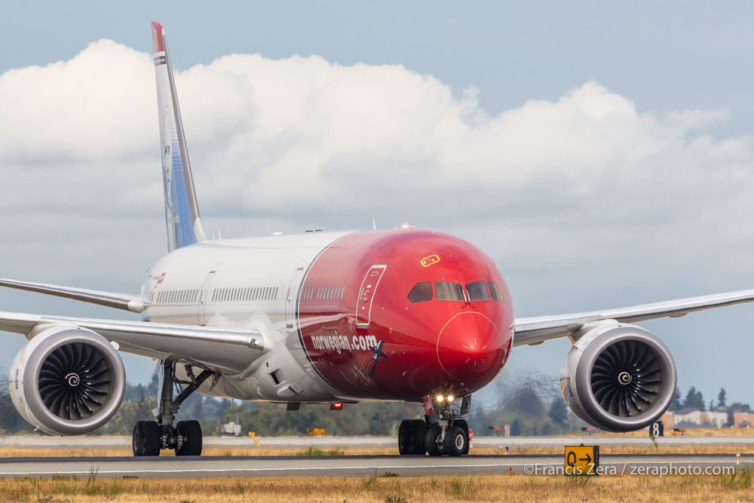
Norwegian flight DY 7131 taxiing after landing at Seattle-Tacoma International Airport. Gotta love those red-headed jetliners.
It was a lovely Seattle morning. The rain that had been forecast was late in arriving, and the plane landed early; everything came together nicely.

The “Shining Star” livery is currently flying to Chicago (on certain days of the week) – Photo: Manu Venkat | AirlineReporter
At first glance, Taiwan-based EVA Air and Sanrio’s Hello Kitty are an unconventional pairing. The former is an airline with a reputation for refined and efficient service, while the latter is a lighthearted cartoon character.
But having recently flown one of EVA’s special Hello Kitty long-haul flights, we can confirm that the combo makes for a really fun inflight experience. In our first installment we wrote about the lounge experience in Paris, the Royal Laurel cabin, and the first meal service. And now we’re back with the rest!

Read on as we discuss the sleep experience in EVA’s Royal Laurel business class, discover some unique Hello Kitty amenities, enjoy a Chinese-style breakfast, and more from the second half of our flight. Plus, we’ll fill you in on how you can get yourself on a Hello Kitty flight on EVA Air.




